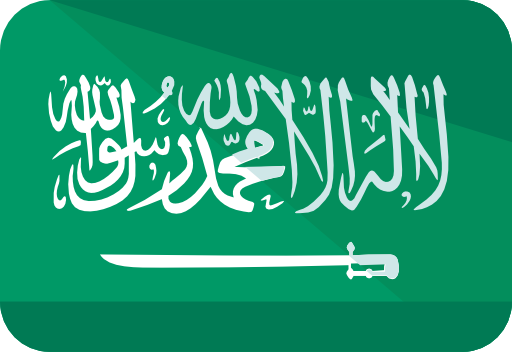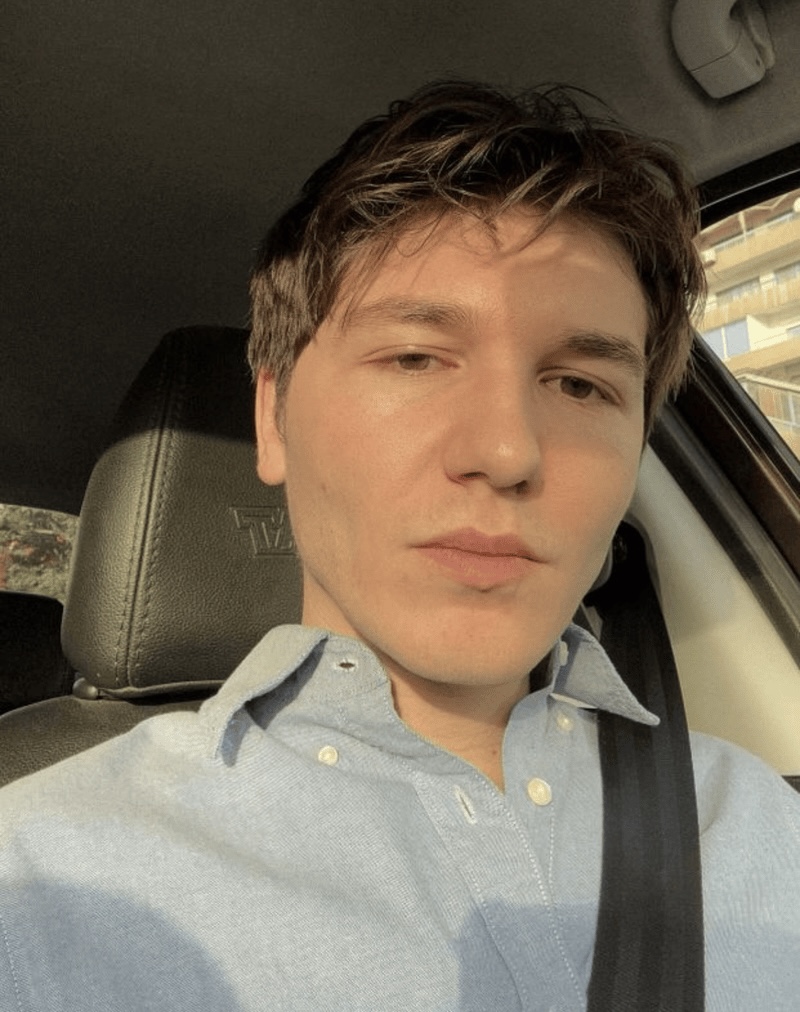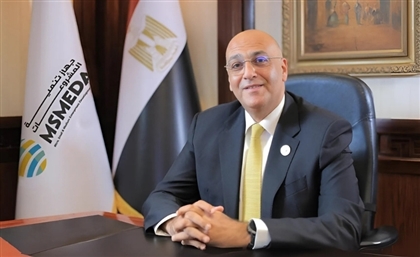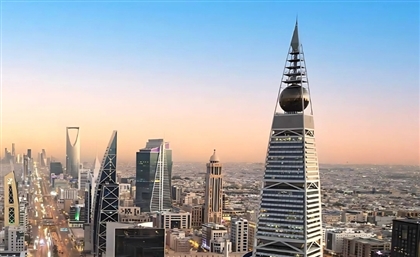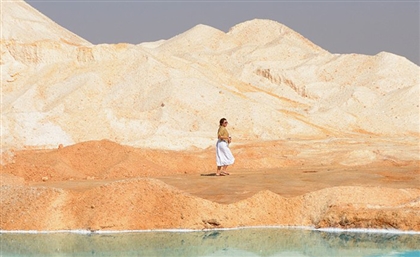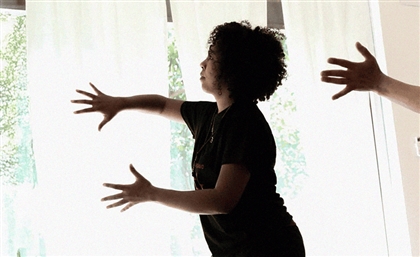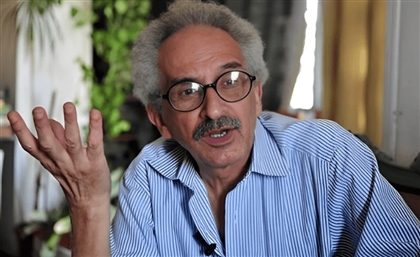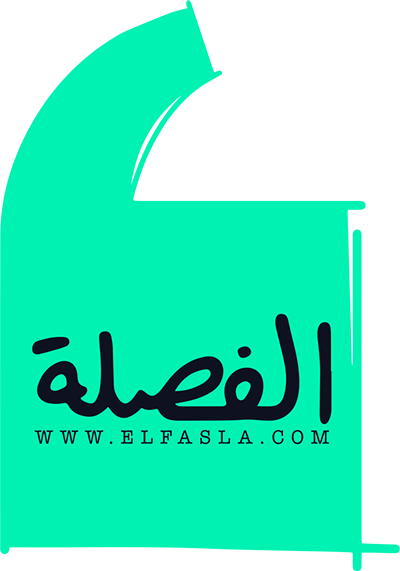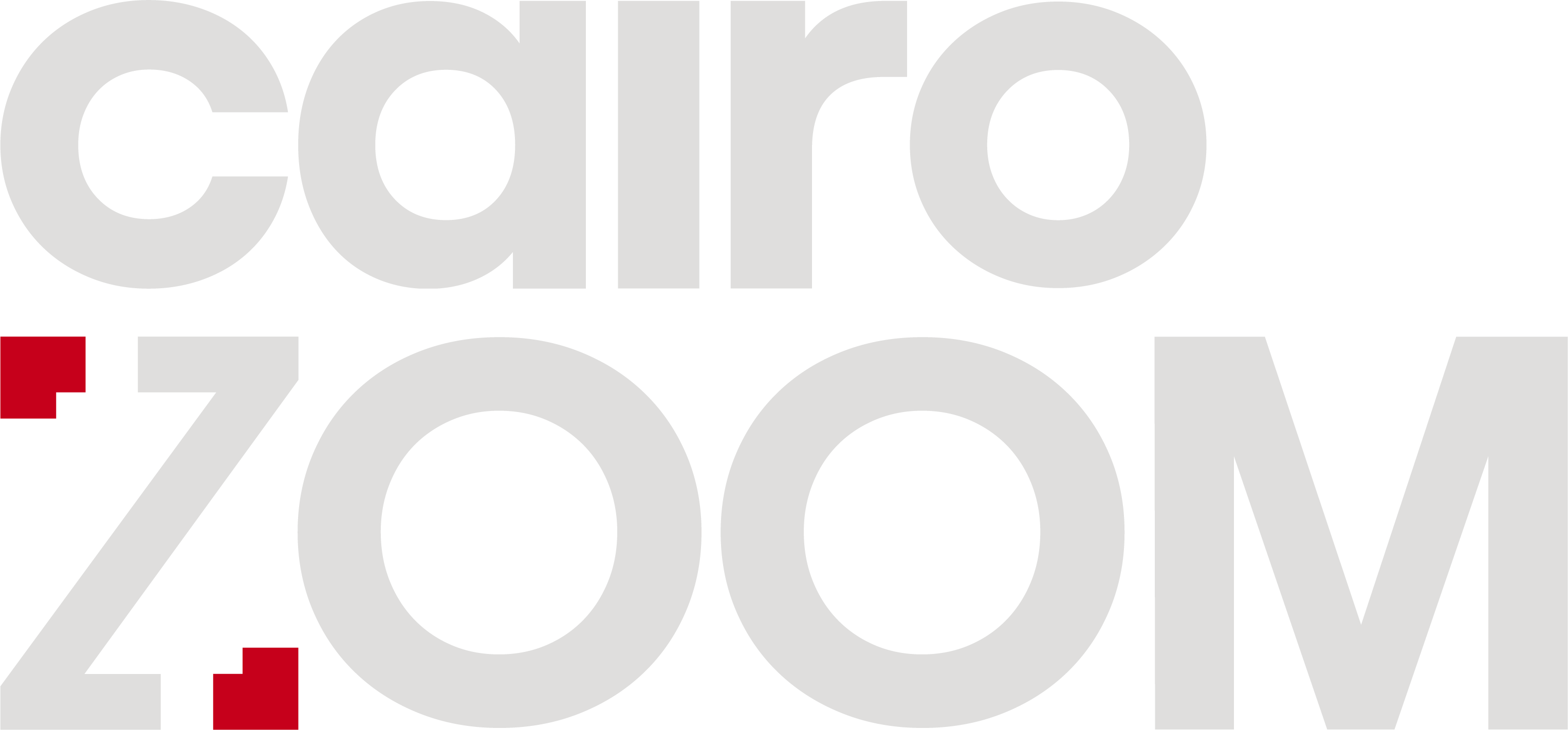No Walls Required: The Art of Reimagining Space in Saudi Arabia
From warehouses to palaces Katy Spurrell is building cultural spaces where none existed before.
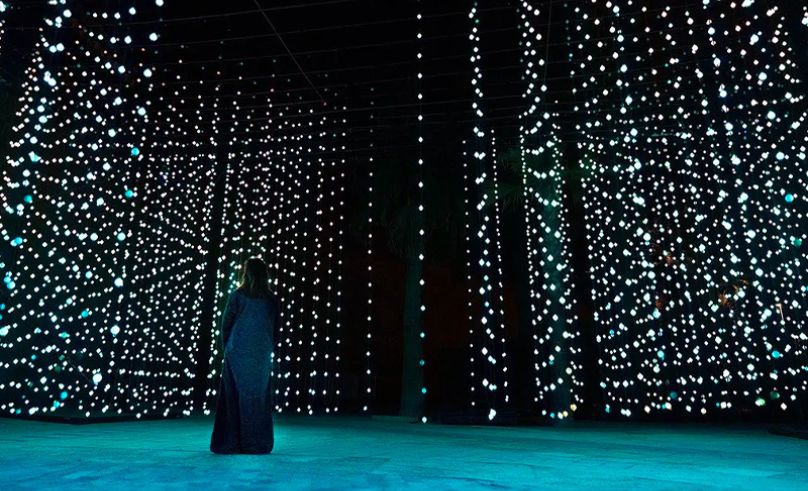
Katy Spurrell operates with a rare duality in the art world—part strategist, part creative—bridging logistics and cultural vision. Her journey began in 1980s London, where a university job at a gallery introduced her to the art scene. “I was a tea girl,” she says, undercutting any glamor with her characteristic English irony.
After graduating with a degree in Art History, Spurrell initially aspired to become a curator. Instead, she entered the field of fine art logistics, overseeing the international movement of works by masters such as Rembrandt and Michelangelo. With a calm confidence earned through experience, she speaks of the high-stakes handling of artwork—transport, storage, preservation—with a pragmatism that suggests she’s seen it all. Her career has taken her across England, Italy, China, and Russia, and now to Saudi Arabia, where she serves as Head of Art and Public Programming at Aimes, based in Riyadh.
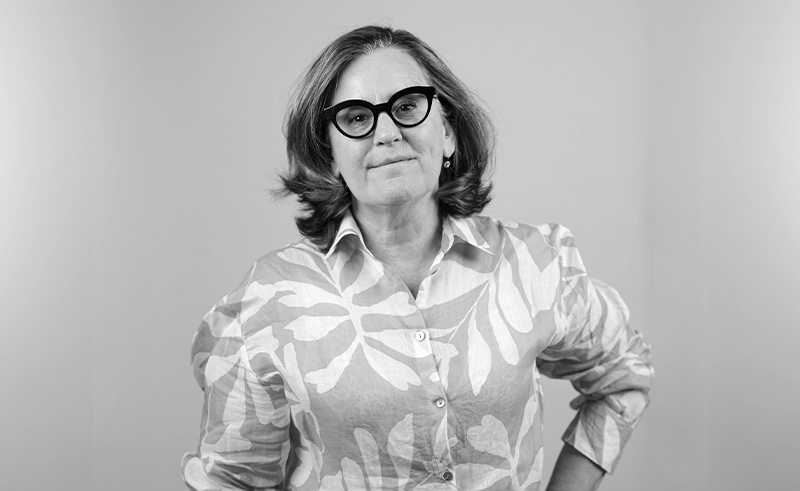
Aimes is a cultural agency dedicated to designing exhibitions and immersive experiences across the region. Among its most recent projects was a collaboration with the Royal Commission for AlUla and AlUla Moments, which brought the history of the Incense Road to life through a two-hour, multisensory journey inside a labyrinth of mud-brick homes—an experience that defied conventional museum expectations.
Spurrell’s arrival in Saudi Arabia coincided with a pivotal chapter in the country’s cultural evolution. In the five years she has lived in the Kingdom, Saudi Arabia’s art and culture scene has undergone a seismic transformation, gaining international attention with initiatives like the Diriyah and Islamic Biennales and MDLBEAST’s Soundstorm. And yet, Spurrell recalls a quieter period, before the spotlight, when Jeddah—not Riyadh—was the creative capital.
“It wasn’t a government-led art scene; it was a grassroots movement developed by collectors and artists,” Spurrell tells #SceneNowSaudi. The establishment of the Ministry of Culture in 2019 marked a turning point, shifting not only the center of artistic gravity, but also the mechanism of opportunity—placing institutional direction at the helm of cultural production.
-201cfb78-1b3d-455a-829d-81a7e1d5bc70.jpg)
Asked where she sees herself in this fast-moving landscape, Spurrell answers without hesitation: “I’m the Granny.” The affectionate nickname, given to her by young Jax-based artists, had taken on added meaning—she had just become a grandmother. Her role may evolve with the seasons, but her approach is unwavering.
“I think the word nurture is the most important—to nurture people, allow them to take their own path,” she explains. “It’s not about leading; it’s about me saying, ‘Here’s a lovely pair of hands—off you go.’”
That ethos extends beyond her work with Ministry-backed exhibitions. At Aimes, she has led the development of some of the Kingdom’s most ambitious creative projects, from the inaugural Noor Riyadh to the forthcoming exhibition at the King Fahad Cultural Center—set to open in September in the very venue that once hosted the first opera performed in Arabic.
But Spurrell’s influence reaches beyond formal institutions. She is equally committed to carving out alternative spaces for emerging creatives—artists still unaffiliated with galleries or major platforms. Think underground, reimagined for a new generation. “We’ve hosted everything—heavy metal bands, once banned in Saudi, theatre workshops, open mic nights, architectural workshops. A Jeddah-based collective called Sindibad even pulled up with a truck full of art.”
-54b228d1-7f20-4eb5-a93d-dcd66e0fe581.jpg)
It’s a vision that has defined Spurrell’s work across continents: finding room for art where it seemingly doesn’t belong. While working in Italy, she staged exhibitions in a 15th-century castle in Bari and in Renaissance palaces in Ferrara. Her work resists the sterility of white-cube galleries. Instead, it thrives in spaces never intended for cultural production—merging artistic vision with logistical prowess in a model that now finds fertile ground in Saudi Arabia.
True to her British sensibility, Spurrell discusses these projects with self-effacing understatement. Asked what benefits have come from her unconventional approach, she replies drily, “Not a lot.”
In 2021, Aimes launched the first edition of Noor Riyadh inside a conference center in King Abdullah Financial District—an industrial space with concrete floors and no walls to hang artwork. “You don’t have walls to put works on, so you have to build the space from scratch,” Spurrell says. “It’s a full-scale production, not just an exhibition.” Even staff members familiar with the building were surprised by its transformation. But the format comes with challenges. Unlike traditional museums with fixed infrastructure, each new venue requires fresh investment—climate control, security, structural adaptation—tailored for museum-standard works.
And then there’s the matter of the audience. In cities like New York or Paris, museum-going is second nature—tourists make a beeline for the Met or the Louvre. But in Saudi Arabia, cultural tourism is still finding its rhythm. Exhibitions set in unconventional or remote locations don’t fill themselves.
Still, Spurrell points to an unexpected reward. “The surprise—people are amazed when they realize they’re in a space they didn’t expect to see an exhibition in.”
-e4872886-8bd7-4126-b4e7-0971062792b0.jpg)
Throughout her work, one theme recurs: community. Art, in its many forms, becomes a vehicle for gathering.
“A lot of people come to Saudi thinking it’s going to be an easy deal—like, ‘We’re going to make money, and then we’ll just turn around and go home,’” Spurrell reflects. “That’s not how I see it. When I came here, I wanted to contribute—not for my own legacy, because it’s not mine—but to leave something meaningful.”
She expresses a sense of timing—of gratitude for arriving in the Kingdom at a moment of cultural construction. “The energy of the Kingdom is incredible,” she says. That energy is mirrored in the spaces she’s helped animate.
Spurrell takes what once lived underground and makes it public. The Aimes warehouse in Jax becomes a cultural incubator throughout the year. On one evening, Saudi men belt out 1970s Italian disco under a spinning disco ball; on another, once-banned heavy metal takes the stage. Young Saudis and the international crowd converge, drawn not just by spectacle, but by a hunger for shared experience. “We try to give people a place to create,” she says. An upcoming edition may center around Arab funk.
-3efcdf84-d0c6-4eaa-b80b-fb4594ab4487.jpg)
Her career advice often echoes a broader life philosophy. Her willingness to embrace nontraditional spaces reflects a deeper openness to uncertainty. “I’ve never had fear,” she says, recalling her experiences across China, Russia, Italy, and Saudi Arabia. “I think you just need to pick yourself up and go.”
That instinct—to adapt to the rhythm of a place rather than impose one’s own—has quietly shaped her approach. She doesn’t dictate tempo. She listens for it. Her work is shaped by this responsiveness: fluid, intentional, and unafraid of the unconventional.
Asked what guidance she would give to young people hoping to enter the field, Spurrell answers without hesitation: “My belief is that you don’t have to be academically brilliant—you just have to be courageous.”
- Previous Article Arsenik & Abo El Anwar Team Up for ‘Fomanshi’
- Next Article Fayoum’s Kom El Dikka Now Delivers Its Delectable Menu to Cairo
Trending This Week
-
Aug 13, 2025


